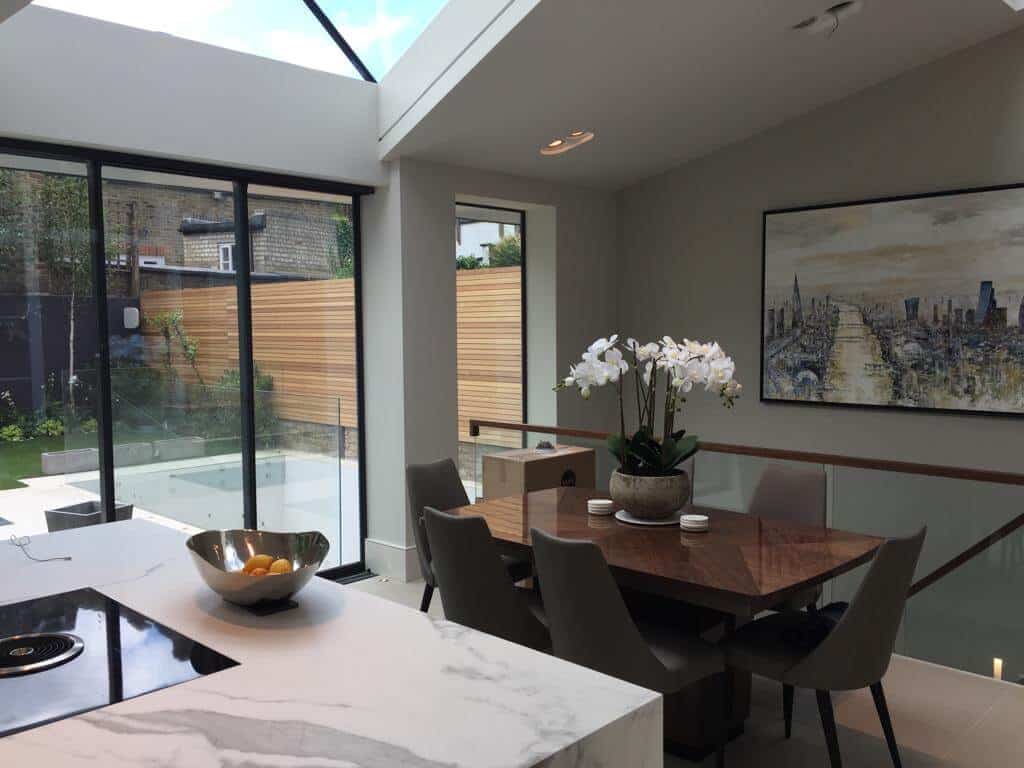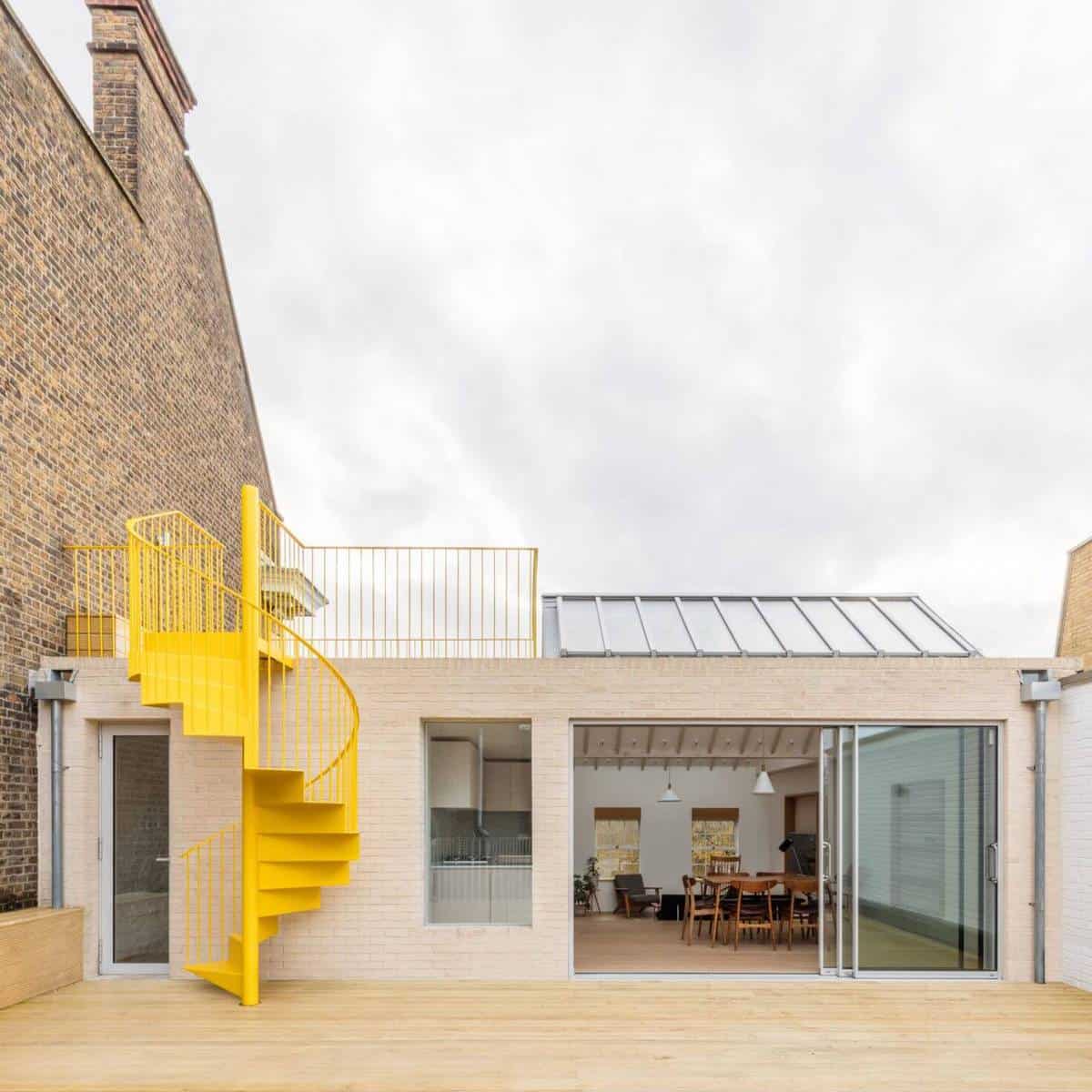Does my extension fall under Permitted Development?
We’ve talked about Permitted Development in our previous article on Planning Permission, but there have been some recent developments we thought we’d update you and explore Permitted Development in greater detail.
In the first week of October 2019, the Government announced the scrapping of the need for planning permission for a two-storey extension. The measure was drawn up by Chancellor Sajid Javid and Housing Secretary Robert Jenrick at the Conservative Party Conference.
This has huge implications for homeowners and builders as it does away with a potential obstacle in a house extension project. The easing of planning permission would make it easier for homeowners to expand their homes upwards, with approval from neighbours no longer being a requirement.
There have been a number of revisions of Permitted Development rights in recent years: one particularly key change occurred in May 2019 when it became possible to build larger rear single-storey extensions under Class A of Permitted Development.
Certain home improvements fall within different classes within the Permitted Development rules. Under Class A, homeowners require prior notification for extensions (enlargement, improvement or alteration). Under Class B, homeowners can build additions to the roof; Class C is for other alterations to the roof; Class D is for porches; and Class E is for outbuildings.
This implied consent of Permitted Development is granted in the form of General Development Planning Orders (GDPOs) which apply separately to England, Wales, Scotland and Northern Ireland.
Just to recap..
According to the Planning Portal, “You can perform certain types of work without needing to apply for planning permission. These are called “permitted development rights”.
They derive from a general planning permission granted not by the local authority but by Parliament. Bear in mind that the permitted development rights which apply to many common projects for houses do not apply to flats, maisonettes or other buildings. Similarly, commercial properties have different permitted development rights to dwellings.”
Types of Permitted Development Rights
In an article in Homebuilding and Renovation, Permitted Development rights fall under several different categories.
Class A – Extensions (enlargement, improvement or alteration)
This allows a householder to build a single-storey side extension up to half the width of the existing dwelling; a single-storey rear extension up to 4m in length for a detached dwelling and 3m long for a semi or a terrace house; and, in certain circumstances, 3m two-storey rear extensions.
The changes that took effect on 30 May 2019 now make permanent the decision that larger single-storey rear extensions of up to 8m (6m for semi or terrace) are permissible under Class A — but do require prior notification (see ‘Lawful Development Certificates are key’).
Class B – Additions to the roof
This allows for rear dormers and hip-to-gable extensions as long as the additional volume created does not exceed 50m3 (40m3 for semis and terraced homes).
Class C – Other alterations to the roof
Class D – Porches
Class E – Buildings etc. (outbuildings)
This allows for an outbuilding to be erected within a residential curtilage as long as it is sited behind the principal (often the front) elevation, does not cover more than 50% of the curtilage and is not more than 3m in height (4m for a dual-pitched roof; 2.5m where within 2m of a boundary).
There are also specific regulations relating to Hard Surfaces (Class F), Chimneys & Flues (Class G) and Microwave antennas (Class H).
How do I apply for Permitted Development?
If you are completely sure your project is permitted development you can start your building work and you do NOT need to pay for Permitted Development. For proof that your building work is lawful you should apply for a Lawful Development Certificate.
A Lawful Development Certificate is a legal document regularising unauthorised or confirming permitted development building works when you don’t have to go through the process of obtaining planning permission.
In other words, it essentially is a means of obtaining a decision from the planning authority that a proposed use or works do not require planning permission. To get a certificate of lawful development you need to make an application for one to your local planning authority, which you can do through the Planning Portal website and they usually take 8 weeks to obtain.
To a apply for a lawful development certificate, you will need…
- An application form (from the planning portal)
- Evidence verifying the information within the application.
- Architectural plans and elevations
- A site location plan
- A fee
Lawful development applications come with the following fees…
£103 in England
£85 in Wales
£101 in Scotland
Permitted Development for Home Extensions in London
- You can extend a detached dwelling by 8m to the rear if it’s single storey or 3m if it’s double
- Semi-detached and terraced homes can be extended up to 6m to the rear of the property if single storey
- There are height restrictions, but they boil down to a single storey extension not being higher than 4m in height to the ridge and the eaves, and ridge heights of any extension not being higher than the existing property
- Two storey extensions must not be closer than 7m to the rear boundary
- It must be built in the same or similar material to the existing dwelling
- Extensions must not go forward of the building line of the original dwelling
- Side extensions must be single storey, maximum height of 4m and a width no more than half of the original building
- In Designated Areas side extensions require planning permission and all rear extensions must be single storey
- An extension must not result in more than half the garden being covered
- You can only do it once and the original building is either as it was on 1st July 1948 or when it was built. In Northern Ireland it is as it was built or as it was on 1st October 1973
** We recommend that you make an appointment with the planning officer at your local council to understand their specific requirements as each council has different standards.
Confused? We don’t blame you. It’s a lot of information to digest and understand. But if you take it step by step, it will make the entire process much smoother.
At SDA Build London, we know how stressful and complex planning applications can be. Applications that are rejected often have to be revised over and over again and can cause delays to your extension project.
As we have been working in the West London area for several years, we are well-versed with the do’s and don’ts in the area with regards to what the council will allow and what they won’t. We suggest you give us a call [Symbol] if you have any doubts or need to discuss whether your extension ideas… will get through planning. We can be contacted on 0208 191 7595 or email us at [email protected] to discuss how we can help.





